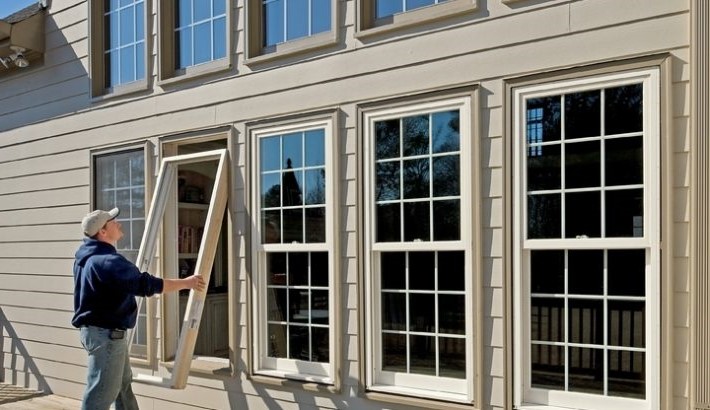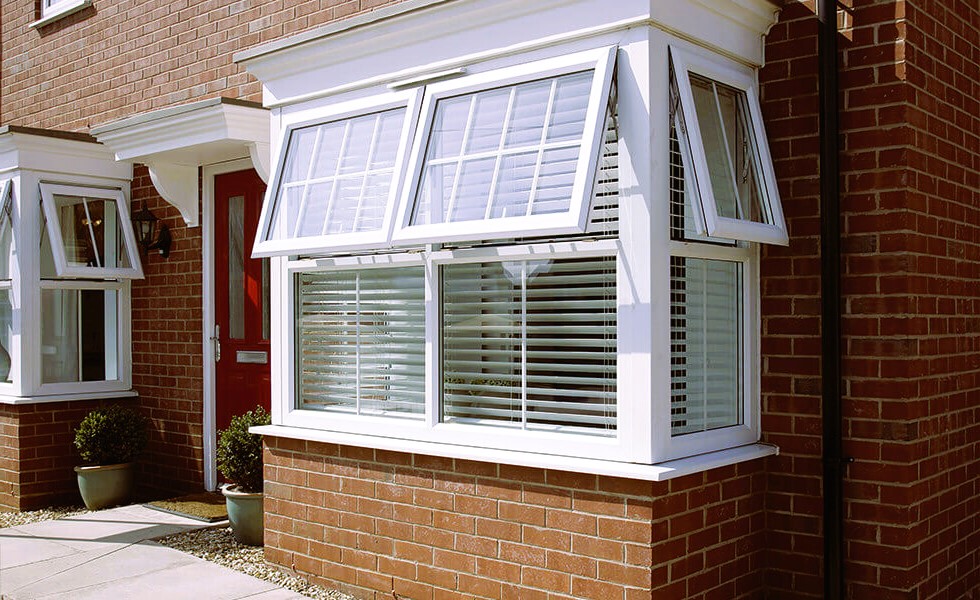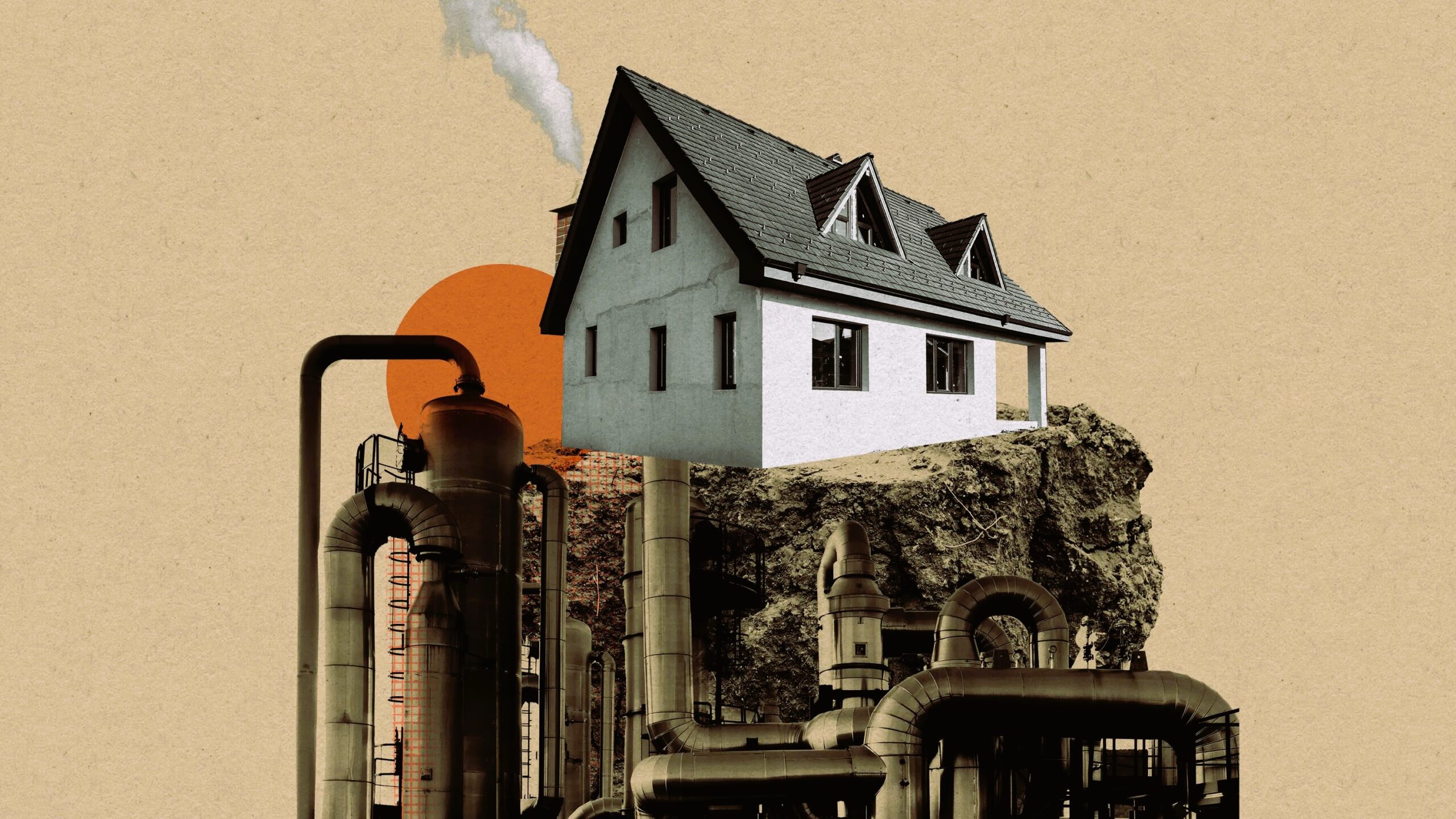In the pursuit of sustainable living and reducing carbon footprints, the concept of net-zero homes has gained significant traction. These homes, designed to produce as much energy as they consume over the course of a year, rely on a combination of advanced technologies and energy-efficient features. Among these features, energy-efficient windows stand out as crucial components in achieving the net-zero goal. In this article, we delve into the role of energy-efficient windows in net-zero homes and explore their benefits and importance.
Understanding Net Zero Homes
Net-zero homes, also known as zero-energy homes, are residences designed to minimize energy consumption and produce renewable energy onsite, typically through solar panels or wind turbines. The goal is to achieve a balance between energy usage and energy production, resulting in a net-zero energy footprint. These homes utilize a holistic approach to energy efficiency, incorporating various elements such as insulation, ventilation, heating and cooling systems, and appliances, to minimize energy demand.
The Significance of Energy-Efficient Windows

Windows play a critical role in the energy performance of a building. They not only allow natural light to enter but also serve as interfaces between the interior and exterior environments, impacting heat transfer, ventilation, and overall comfort. In net-zero homes, energy-efficient windows are essential for optimizing energy efficiency and reducing reliance on artificial heating and cooling systems. Read our Tips for Upgrading Existing Windows to Improve Energy Efficiency.
Key Features of Energy-Efficient Windows
Energy-efficient windows are designed with several features aimed at minimizing heat loss or gain and enhancing overall performance. These features include:
- Low-E Coatings: Low-emissivity (Low-E) coatings are thin layers of metallic oxide applied to the glass surface to reduce heat transfer. These coatings reflect infrared radiation while allowing visible light to pass through, thereby minimizing heat loss during the winter and heat gain during the summer.
- Multiple Panes: Energy-efficient windows often feature multiple panes of glass with insulating gas (such as argon or krypton) filled in between. This design helps to create a barrier against heat transfer, improving thermal performance.
- Thermal Breaks: Some energy-efficient window frames incorporate thermal breaks, which are insulating materials placed between interior and exterior frame components. Thermal breaks minimize heat conduction through the frame, further enhancing energy efficiency.
- Tight Seals: Proper sealing is crucial to prevent air leakage around the window frame. Energy-efficient windows are equipped with weather-stripping and durable seals to minimize drafts and maintain indoor comfort.
Benefits of Energy-Efficient Windows in Net Zero Homes
The integration of energy-efficient windows offers several benefits for net-zero homes:
- Reduced Energy Consumption: By minimizing heat transfer through windows, energy-efficient windows help to reduce the need for heating and cooling, resulting in lower energy consumption and utility bills.
- Improved Comfort: Energy-efficient windows help maintain consistent indoor temperatures by reducing drafts and cold spots, enhancing overall comfort for occupants.
- Enhanced Natural Lighting: While reducing heat transfer, energy-efficient windows still allow ample natural light to enter the home. This not only reduces the need for artificial lighting but also creates a more pleasant and inviting indoor environment.
- Lower Environmental Impact: By decreasing energy consumption, net-zero homes with energy-efficient windows contribute to lower greenhouse gas emissions and reduced environmental impact.
Standards and Regulations

The development and implementation of standards and regulations play a crucial role in promoting the adoption of energy-efficient windows and other sustainable building practices. Organizations such as the National Fenestration Rating Council (NFRC) in the United States and Natural Resources Canada (NRCan) provide guidelines and certification programs to ensure the performance and quality of energy-efficient windows.
For more information on standards and regulations related to energy-efficient windows, you can visit the following websites:
Energy-efficient windows are integral to the design and performance of net-zero homes, playing a significant role in reducing energy consumption, enhancing comfort, and minimizing environmental impact. As the demand for sustainable housing continues to grow, the adoption of energy-efficient windows, guided by standards and regulations, will be essential in realizing the vision of net-zero energy buildings.
By investing in energy-efficient windows and embracing sustainable building practices, homeowners can not only reduce their carbon footprint but also enjoy long-term energy savings and enhanced living spaces. As technologies continue to advance and awareness of environmental issues increases, energy-efficient windows will remain a cornerstone of sustainable building design and construction.

